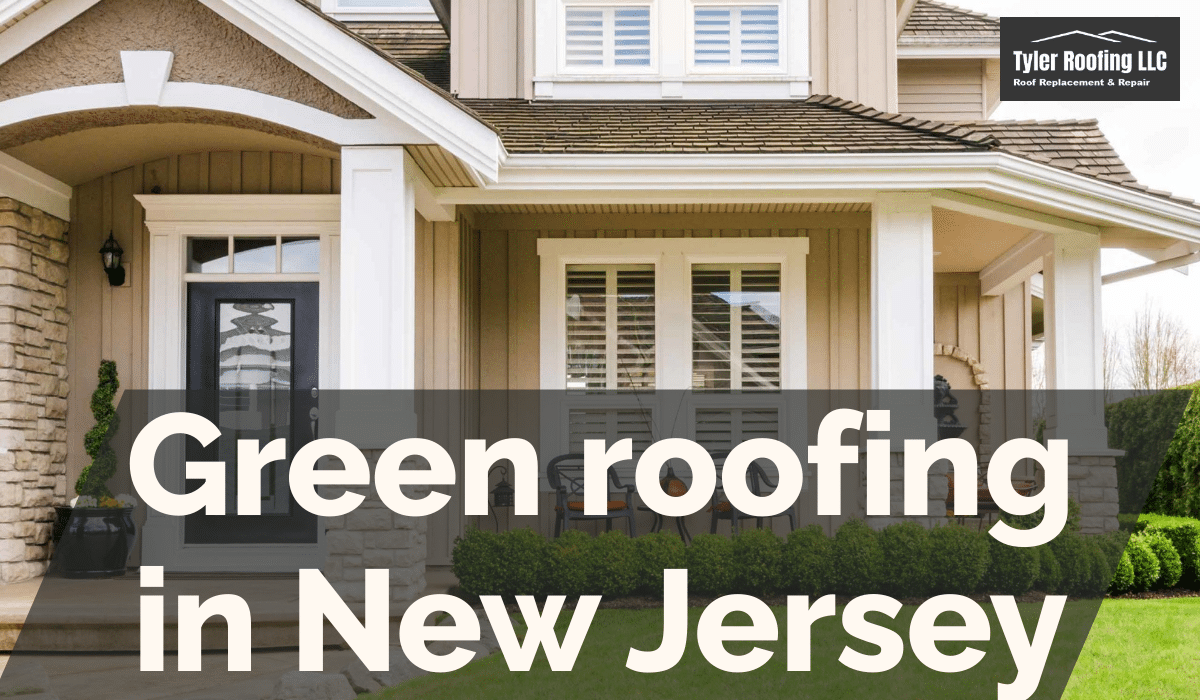As industries evolve and we move further into the future, we’re increasingly searching for ways to make our daily lives more sustainable. This can often be found in unexpected places and innovative solutions. Green roofing is emerging as a powerful tool, especially in crowded urban environments. Let’s delve into the world of green roofing, with a specific focus on New Jersey.
What is Green Roofing?
Green roofing involves fitting a building’s roof with vegetation and plants. This offers numerous benefits, ranging from increasing urban biodiversity to absorbing rainwater, which reduces the load on sewer systems. But what does this mean for New Jersey?
Benefits of Green Roofing in New Jersey
New Jersey, like many other urban areas, is always in search of innovative ways to improve its environmental impact. Let’s look at some of the benefits of green roofing for this region:
- Stormwater Management: Green roofs can absorb and retain large amounts of rainwater, reducing runoff and pressure on the city’s sewer system.
- Urban Heat Island Effect Reduction: Cities often become ‘heat islands’, significantly warmer than nearby rural areas. Green roofs can help reduce this effect.
- Improved Air Quality: The plants on a green roof can filter particulate matter from the air, leading to improved overall air quality.
Green Roofing Projects in New Jersey
Many projects in New Jersey have already capitalized on these benefits. For example, the Van Leer Chocolate Factory building in Jersey City featured a 20,000-square-foot green roof. Similarly, the Brick City Greenhouse in Newark boasts an 8,000-square-foot green roof.
How to Implement Green Roofing?
If you’re considering a green roof for your building, it’s important to consider several factors:
- Check with local regulations and permits
- Determine the load-bearing capacity of your building
- Find a reputable green roofing contractor
FAQs
Does Green Roofing Require More Maintenance?
While green roofing does require some maintenance, most modern systems are designed with low-maintenance vegetation, making regular upkeep relatively minimal.
Are Green Roofs More Expensive?
The initial costs of a green roof are usually higher than traditional roofs, but the long-term benefits often outweigh this initial investment. Green roofs typically last longer and can save money on energy bills.
Conclusion
Green roofing presents a significant opportunity for New Jersey and other urban areas to make substantial strides towards a more sustainable future. By combining innovative design with ecological awareness, we can make our cities greener and more liveable environments for everyone.

